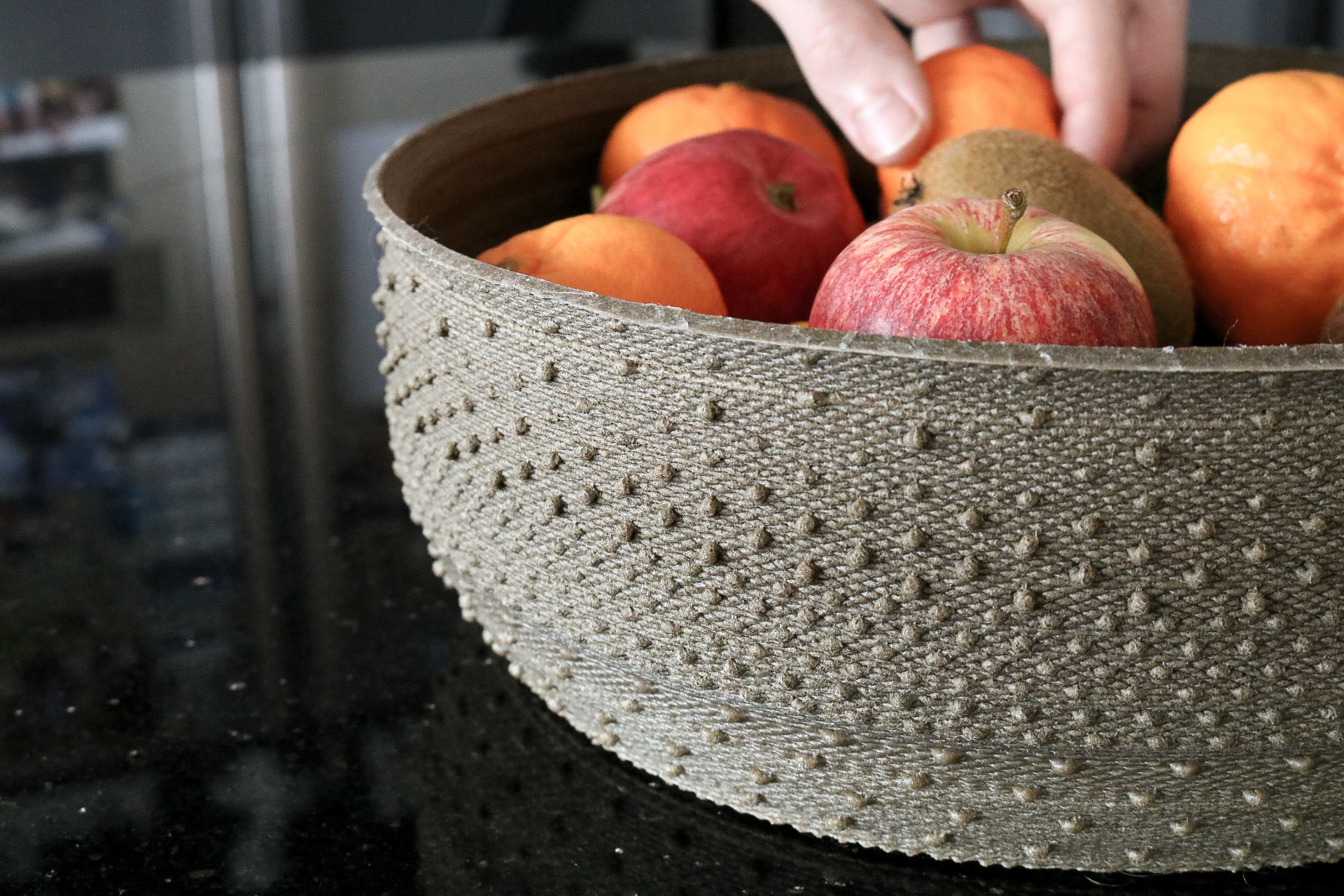If your watch told you to be healthier, would you listen? Andy Kenworthy wonders if a gadget can change your life.
The FitBit Flex costs $160. It measures motion to work out the steps you have taken, how far you have walked and the calories you have burned doing so. It records how long you sleep and when you are restless in bed, and can vibrate like your mobile to function as an alarm. You can even set it up to talk to most smartphones to keep up-to-date on your activity on the go. It, along with the Jawbone UP wristband, is one of a new range of devices designed to help motivate people to be healthier. But does it work?
I tested the FitBit Flex for two weeks, and it was fun watching the stats build up on my personal website dashboard. During my first week I was ill, which gave me an immediate insight into just how sedentary my life could be. Some days the FitBit registered me walking less than four kilometres. This may sound like a lot, but when you are taking into account every single step you take from waking to sleep, it really isn’t.
It was heartening in every sense to discover that even just walking around my neighbourhood with the children added something like 50 percent to my distance. This highlights one of the biggest appeals of such a device: immediately seeing a difference in the various graphs when you ‘go that extra mile’ could really add up to significant lifestyle improvements if you stick with it. Often, I chose the walking option just to see whether I could notch up more kilometres.
FitBit’s food-logging system, however, was a major drawback, as it is based on highly processed options from USA fast-food restaurants and stores. You can customise this yourself by adding in the nutritional information from your shopping, but this was too much hassle for me. Personally I can’t really tell the difference between 50g and 100g of sausages, which also contributed to my input in this area being not much more than a guess. However, the stats I did get made me realise I eat the kind of calories I can burn off when sedentary, and then go into deficit when I start exercising, which might explain my inability to keep weight on.
The biggest limitation I found with FitBit is that it tells you what you are doing, but not really whether it is good, bad or indifferent. You can buy ‘premium’ reports that presumably do more of this, but it seems a bit cheeky having to pay extra for some fundamental advice.
My verdict? I generally consider myself to be pretty motivated to make healthy choices, but to take it up a notch I’d need more than a bunch of graphs. I think if you have a specific weight or fitness goal then this could help you, especially if you can drag some friends into using the website’s social functions for extra pester power. Before investing, you’d want to weigh it up against buying some motivational books, doing some organised coaching sessions, or just getting together with those mates for a regular brisk walk round the park.
Another smart (and free) option
Keen on monitoring your food intake? A new free smartphone app called FoodSwitch from The University of Auckland’s National Institute for Health Innovation (NIHI) lets you scan the barcodes of packaged foods with your phone camera. It then gives you colour-coded information about the food’s fat, saturated fat, sugar and salt content and suggests healthier alternatives. Visit www.foodswitch.co.nz to check it out.







